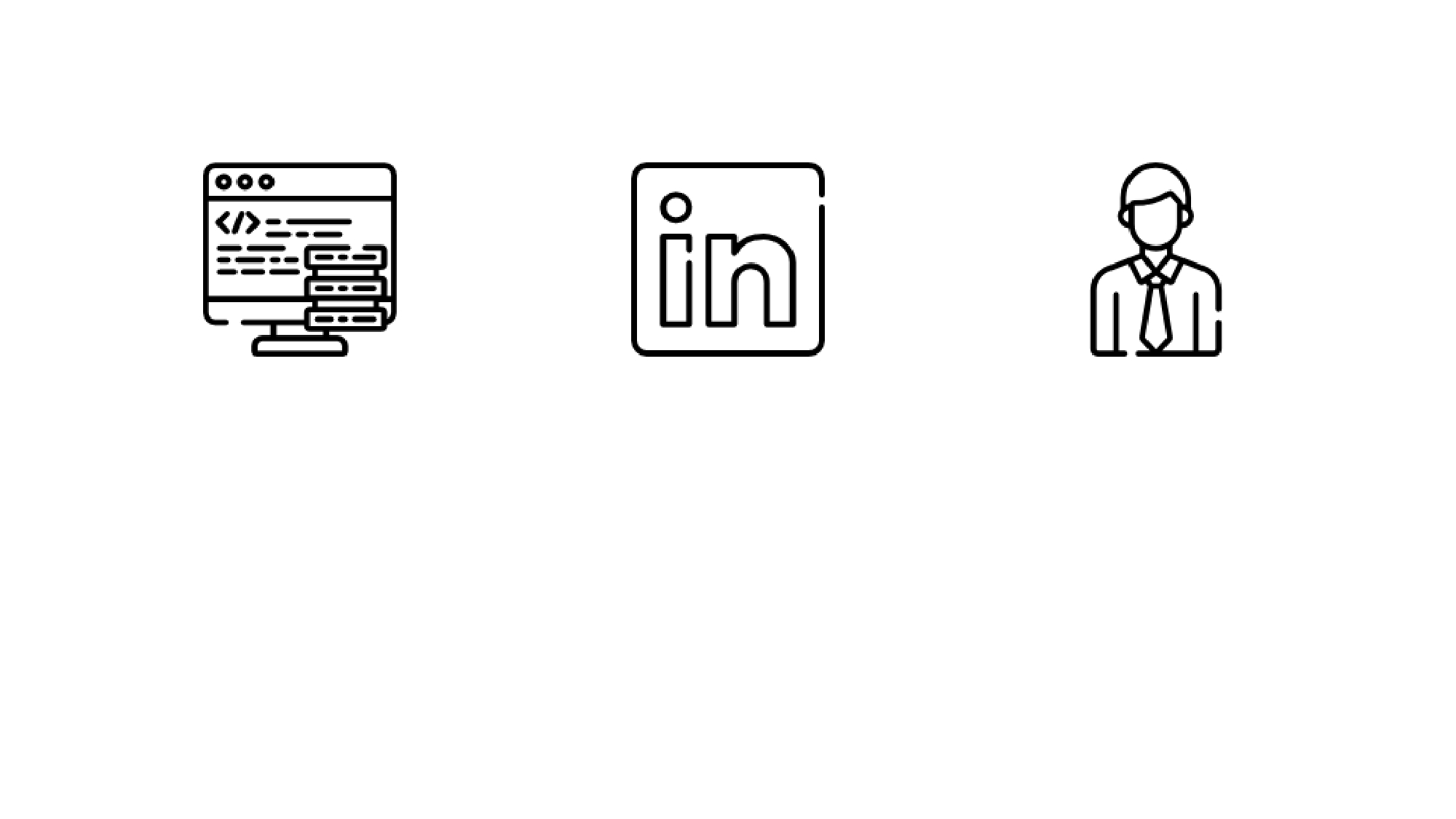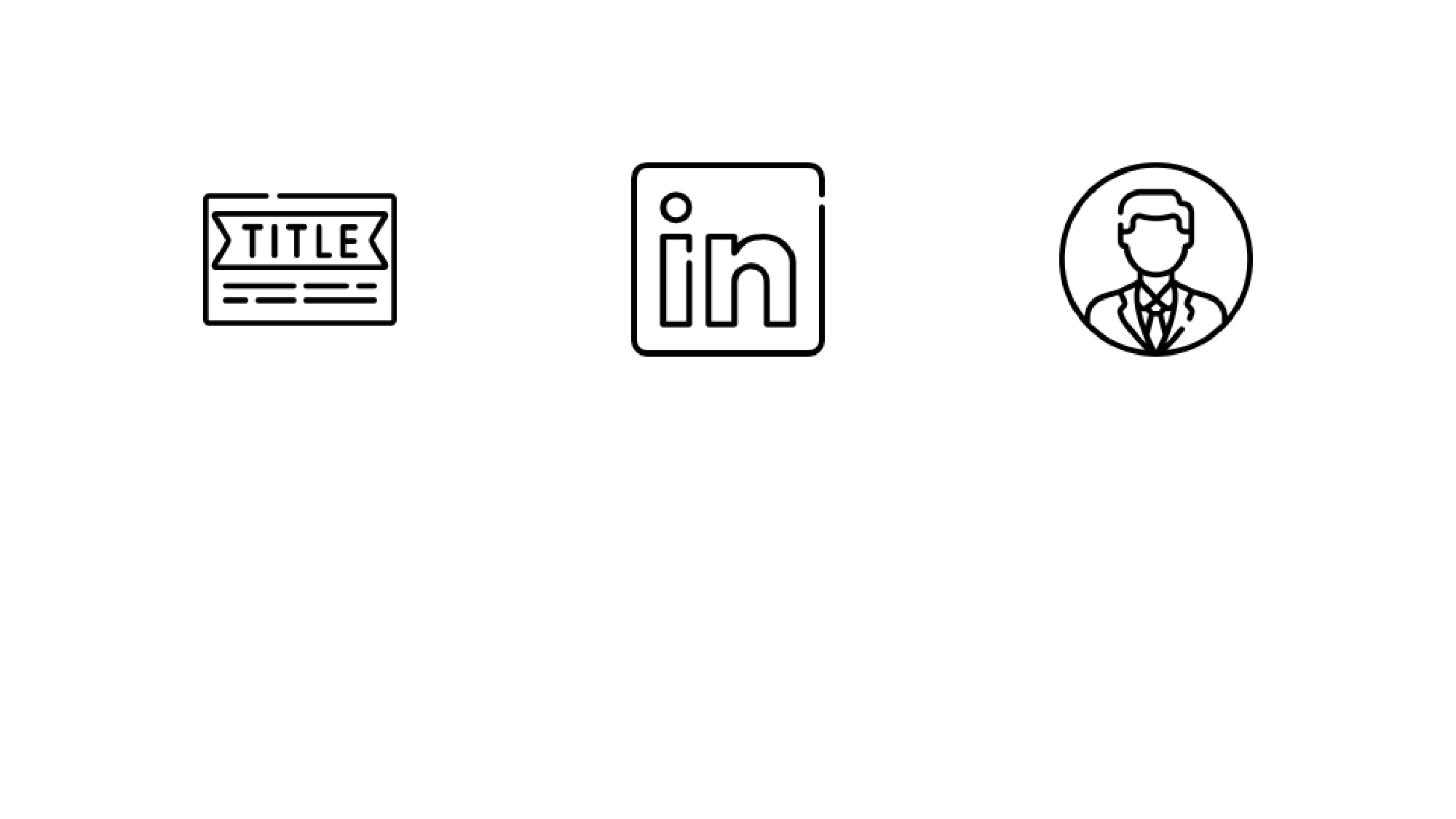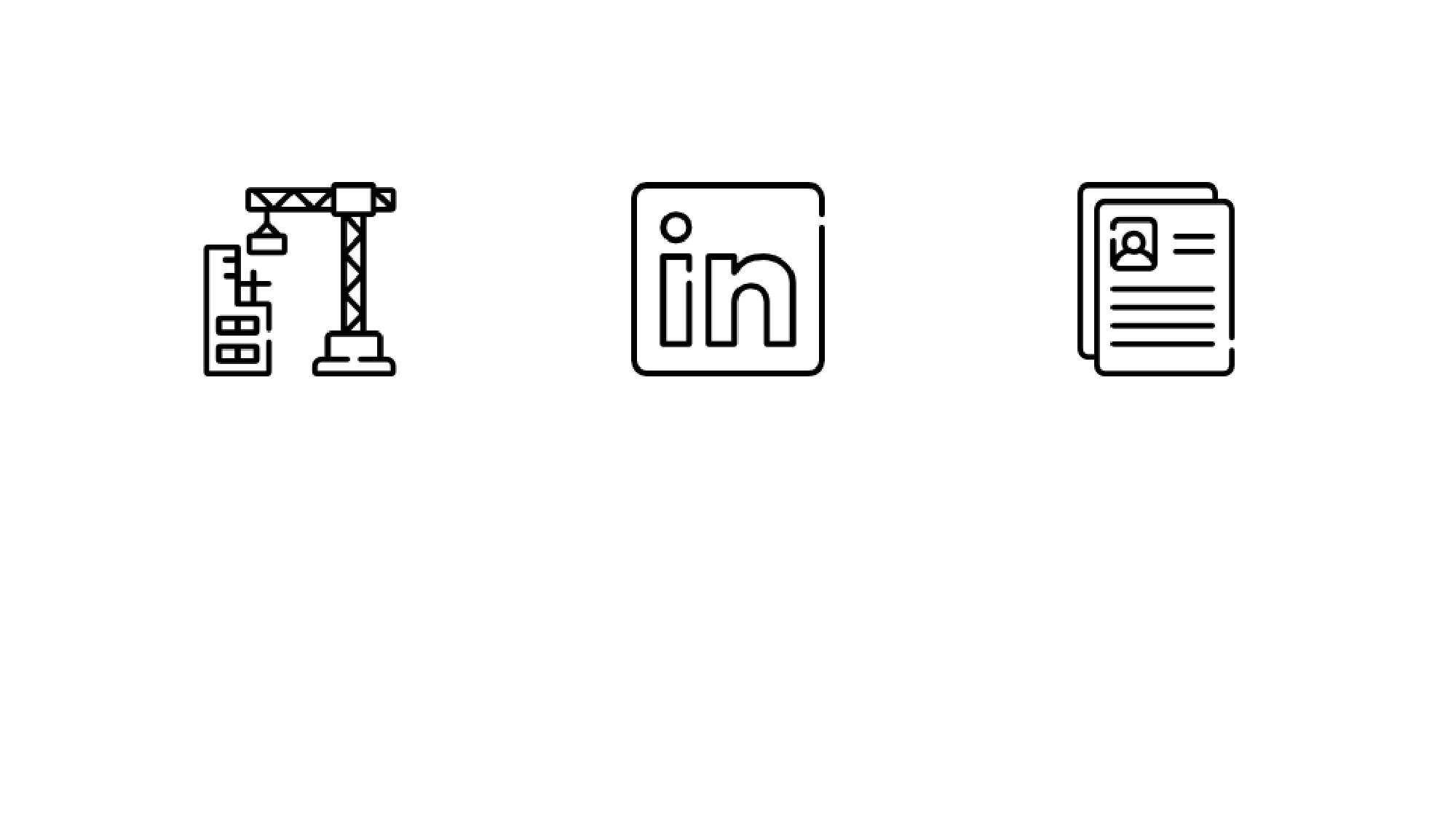
An Organization’s Website and LinkedIn Page: Insights for the Job Seeker
Understanding about the company, that you plan to join, is of paramount importance. It is almost akin to getting into wedlock. Spending a few days, researching and validating information can save you a lot of trouble and bother.
In a digital world, any individual or an entity is almost naked.
Obtaining the company url and understanding the company website, is probably the first in a series of steps, required to understand the company.
First things first, the website, cannot be viewed, in a standalone fashion. It has to be viewed, understood and correlated in conjunction with LinkedIn and other relevant social channels like Facebook, Twitter, Glassdoor as you deem it fit.
All of us need to recognize, the nature of information, available in the website and other social platforms.
The nature of information in the website, is provided by the organization themselves. The nature of information on social platforms is partly provided by organizations (profile inputs and the engagement is determined by the organization) and partly available in the form of conversations around the organization’s updates and engagement. The message of the brand(organization) is controlled by the followers/audience of the brand.
Here is a list of ten things you want to check in the website, this list is by no means exhaustive
- The vision and mission of the organization
- The lines of business and the organization structure
- The leadership and management team
- The year of inception
- Investors and how the company is funded. Check out if the company is a listed company
- For senior level positions, specifically, you may want to check the annual report, and other financial documents, if available on the website
- Company track record, check out customer base and customer testimonials
- Check out news and events
- Check out the quality of the videos, whitepapers and case studies.
- Check out the blogs, the quality, regularity and how many thought leaders in the organization regularly blog.
The nature of information in social can be the following:
Let us take the example of LinkedIn.
- The LinkedIn company page, contains information about the organization, An overview of the organization, Headquarters, Year Founded, Company Type, Company Size, their specialties and its website. Please note that the company pages on other social platforms like the Facebook Company page and the Twitter Company handle, also drive traffic to the website.
- The LinkedIn company page, also can contain one or more, showcase pages. Each of these showcase pages represent a service or a product that that the company offers.
- You can follow the LinkedIn company page and also the LinkedIn show case page to receive updates published on the LinkedIn company page and the LinkedIn showcase page.
- The number of followers on the company page, is roughly indicative of the size of the audience/network of the brand(organization), which could give an idea of the social media presence and popularity of the brand.
- The updates represent the engagement, that the company/organization decides to share with its audience as a part of its engagement strategy. The quality, the relevance and the regularity of the updates/engagement are important factors. These factors could probably authenticate the information provided in the website and reflect the activities of the organization. Adoption of Social may not have happened completely, and hence you may not want to rush to conclusions about the organizations based on quality, relevance and regularity of the engagement of the organization on LinkedIn or other social platforms.
- The LinkedIn company page, helps assess the approximate number of employees in the organization. The number is not entirely accurate, since many of the past employees may not have changed their status.
- Filtering on the employee information, gives you an idea of the geographic locations, where the organization is present,
- While looking at Employee information, try to note if any of your first level contact is working in the organization. The first level contact can probably provide you with vital information that you seek. If Employees exist at a 2nd level connection, you could leverage the shared contact feature to reach out to the employee through mutually known friends.
- The LinkedIn company page can also lead you to the Career page and/or the jobs published by the company on LinkedIn
- The Likes and Comments, reflect the conversations happenings around activities in the organization. This is probably the feature that enables us to get real insights about the experiences of people interactions and intersections with that organization.
Miscellaneous Sites
It is also important that you check in sites like Glassdoor which gives an overall rating of the CEO, details on interview process, salaries and allied detail.
Do not consume any data on the face value. Validate all the information before you form any opinion.
Steps to get a greater clarity about the organization
In a very interesting observation, General Patton, once observed that the wars are not fought for countries but for the fellow soldier who battle along in the trench. While addressing the army before the war, he very clearly sets, directions for the army. He observes that, when you put your hand into a bunch of goo( the remaining flesh of a dismembered head) that a moment before was your best friend’s face, you’ll know what to do.
Am I digressing? No. Do you work for an organization? In reality, you work for your team members and your immediate boss.
Social gives you the power to connect, reach out to people, validate and ascertain, real time information, proactively.
You may want to spend adequate time in ascertaining the credentials of the person whom you are going to work with, the members of the team whom you are going to work with.
Conversation style of people differ from LinkedIn and Facebook. You may check conversations in Facebook, to reconfirm your understanding about the people whom you are going to work with.
Do you have any questions for us?
Any professional worth his or her salt is likely to complete his or her interview with, Do you have any questions for us?
If you have done your homework, you certainly can get some brownie points, by asking intelligent questions, that clearly lets the interviewer know that you have done your home work and more importantly, an opportunity that you must use to clear all your doubts to help you arrive at a decision if you really want to work with the organization.

Related Posts
Professional Elements of the Headline
How well this mistaken ideas off denouncing pleasure & praisings will give you complete.
Do you really require a Job change?
How well this mistaken ideas off denouncing pleasure & praisings will give you complete.
Constructing an Effective LinkedIn Profile
How well this mistaken ideas off denouncing pleasure & praisings will give you complete.
How do you ace a Job interview?
How well this mistaken ideas off denouncing pleasure & praisings will give you complete.







